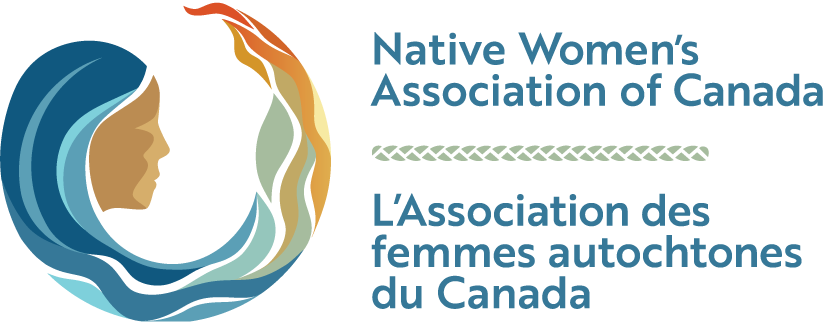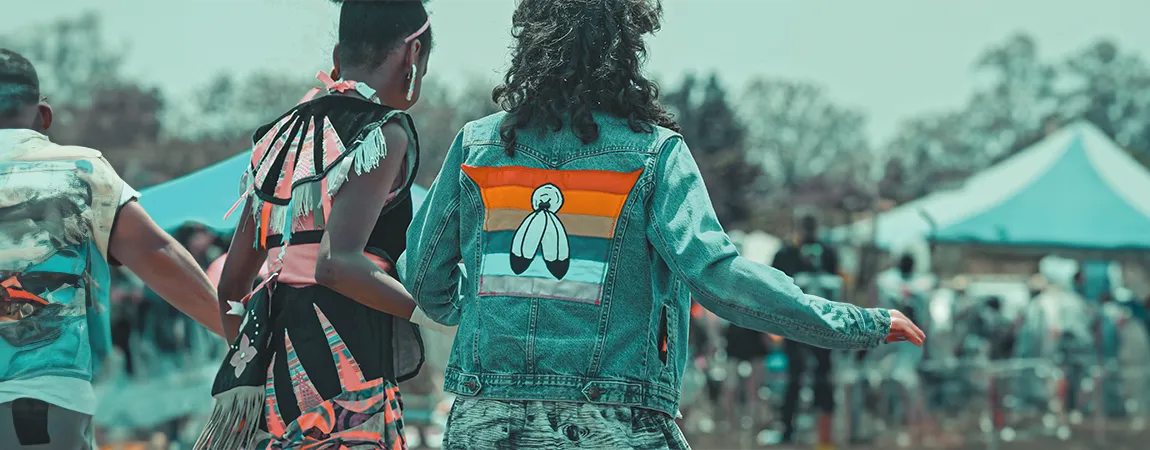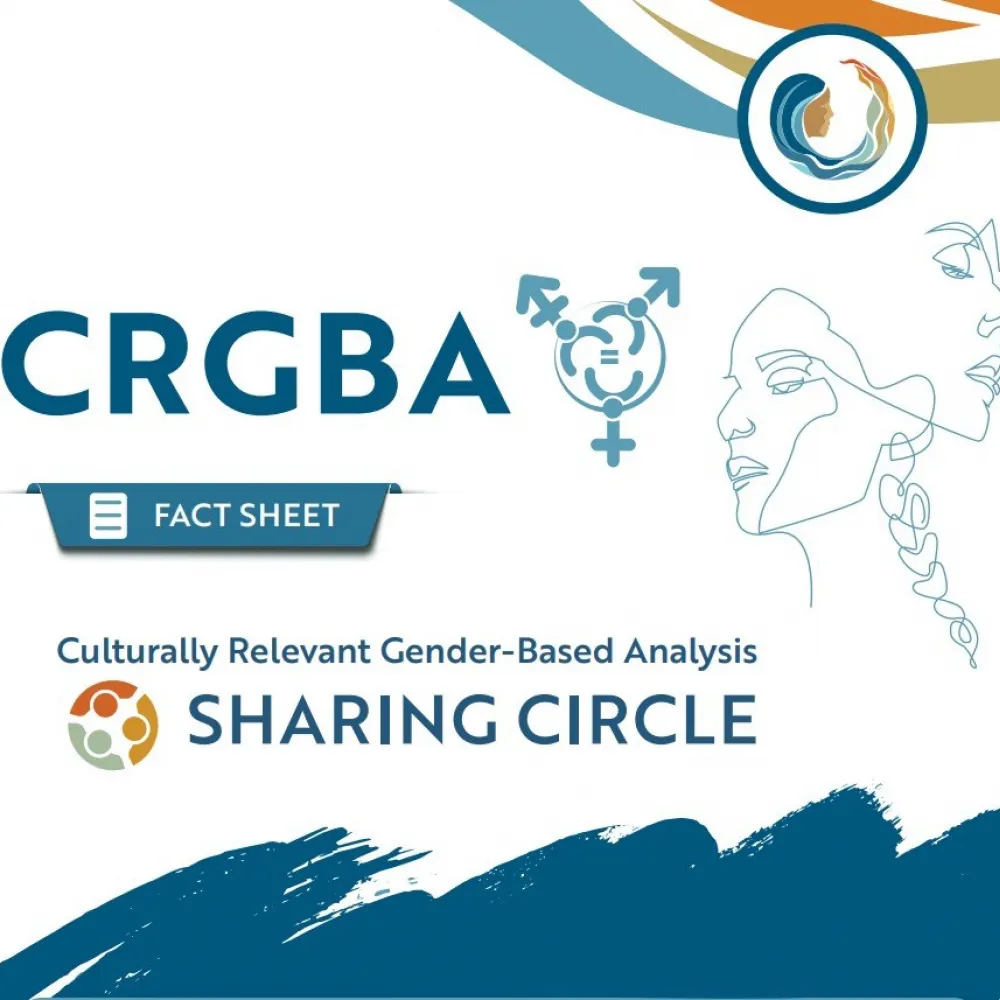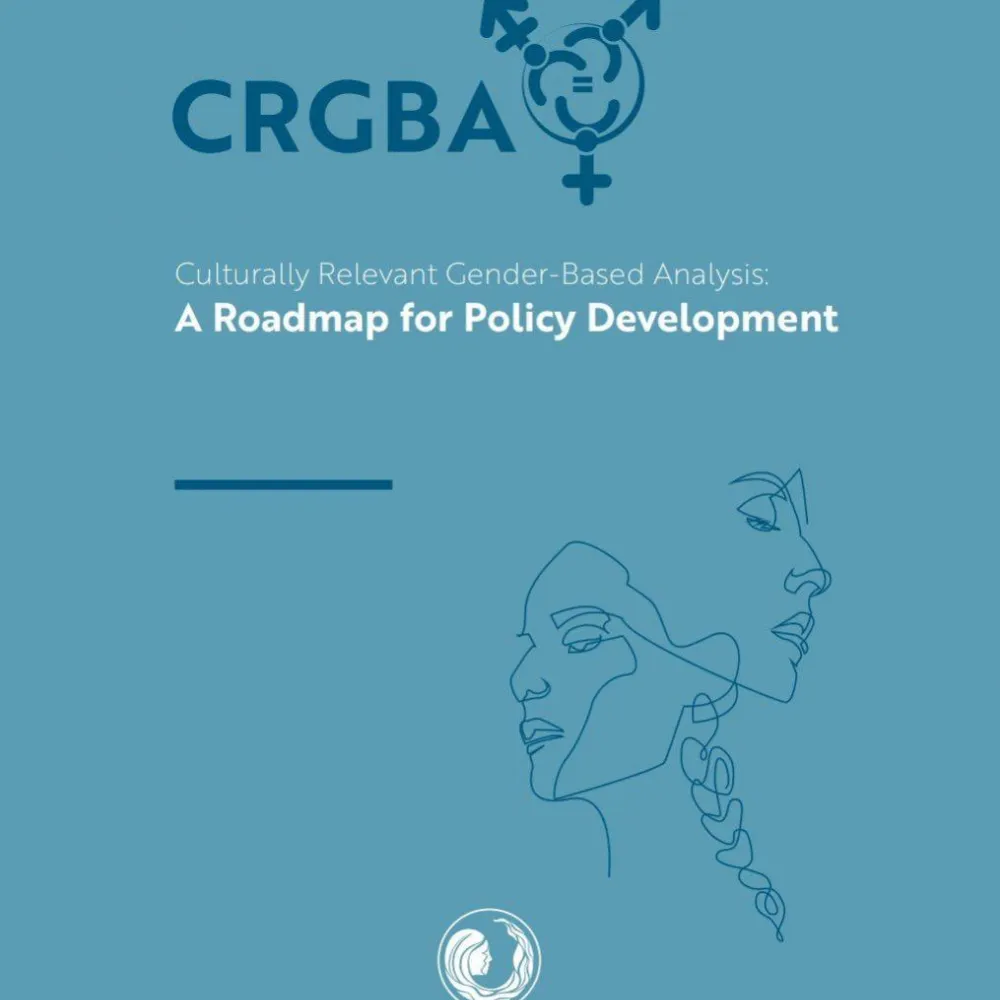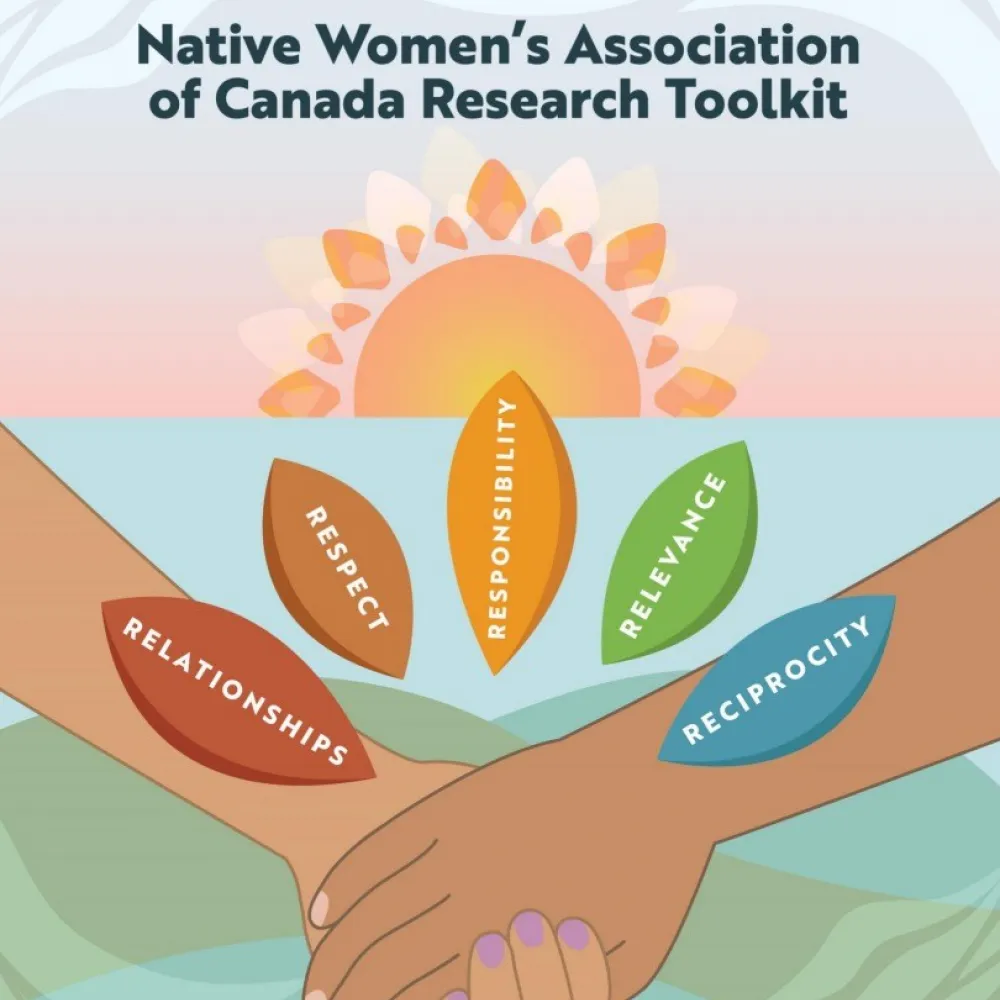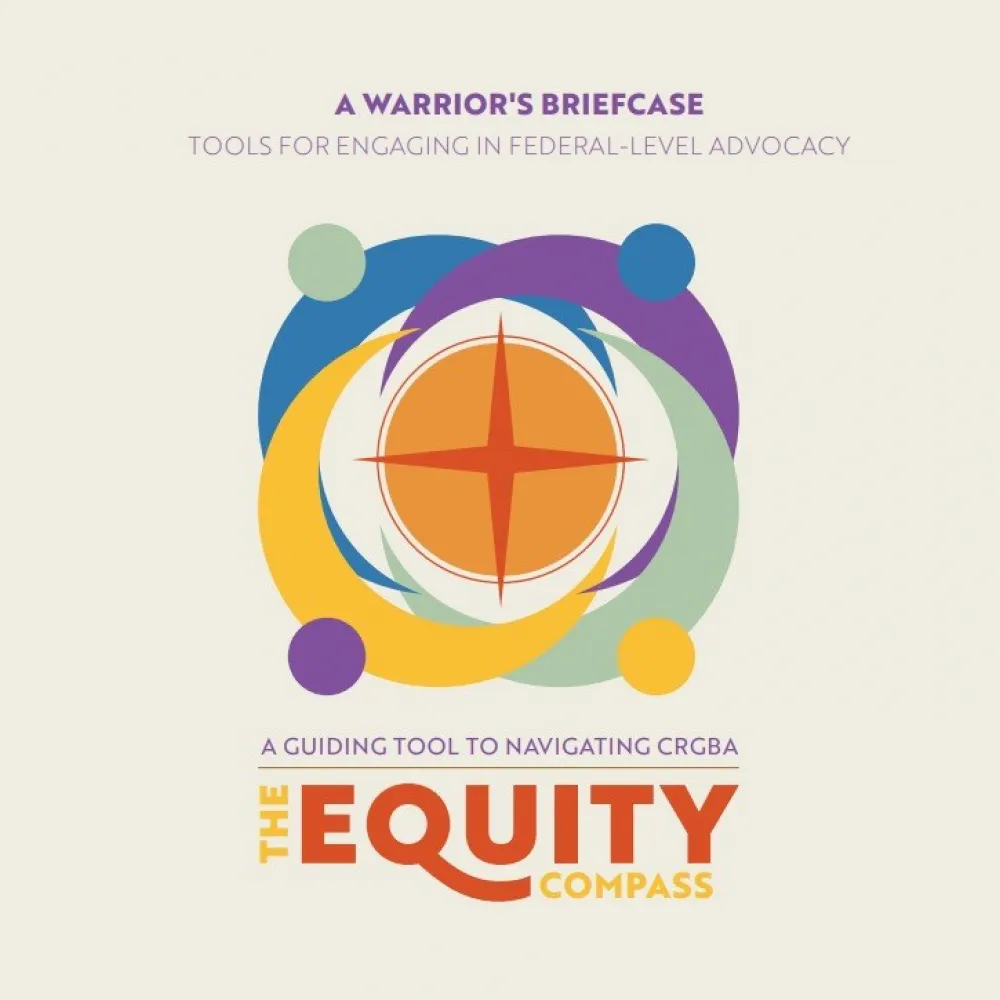Summary
Among its significant body of resources, NWAC has developed the CRGBA Framework, a tool developed to help assess how policies and programs impact people differently, according to differences in our identities and ways of living. This Framework supports federal actors in creating programs and policies which reflect the diversity of perspectives and lived experiences of Indigenous WG2STGD+ Peoples across areas of policymaking, research, education, and advocacy.
NWAC developed the CRGBA Framework in response to enduring gaps in the federal government’s approach to gender-based policy analysis (GBA+). CRGBA was specifically tailored to rectify these shortcomings, manifestly those which fail to account for the distinct sociopolitical context of Indigenous Peoples in Turtle Island and Inuit Nunangat, including the historical and ongoing effects of colonialism. CRGBA is not only a tool for policymakers, but a framework that should guide our ways of thinking, being, and doing. It is characterized by five key concepts: distinctions-based, intersectional, gender-diverse, Indigenous-led, and trauma-informed.
Since its initial introduction in 2007, NWAC has undergone significant work to evolve the CRGBA Framework, ensuring the perspectives and lived experiences of Indigenous WG2STGD+ Peoples are the focal point of all the work that NWAC does. In response to feedback sought from community members, CRGBA has been rebranded to be more accessible to the community it was designed for.
The Equity Compass is a renewed conceptualization of the CRGBA Framework, designed to provide guidance in navigating policy, research, and advocacy. It is a visual representation of how each concept—or direction—informs the other. “Equity” refers to both the means and the outcome of the journey, and like one’s journey in advocacy, the Equity Compass continues to evolve in alignment with the needs and perspectives of the Indigenous communities NWAC is responsible to.
